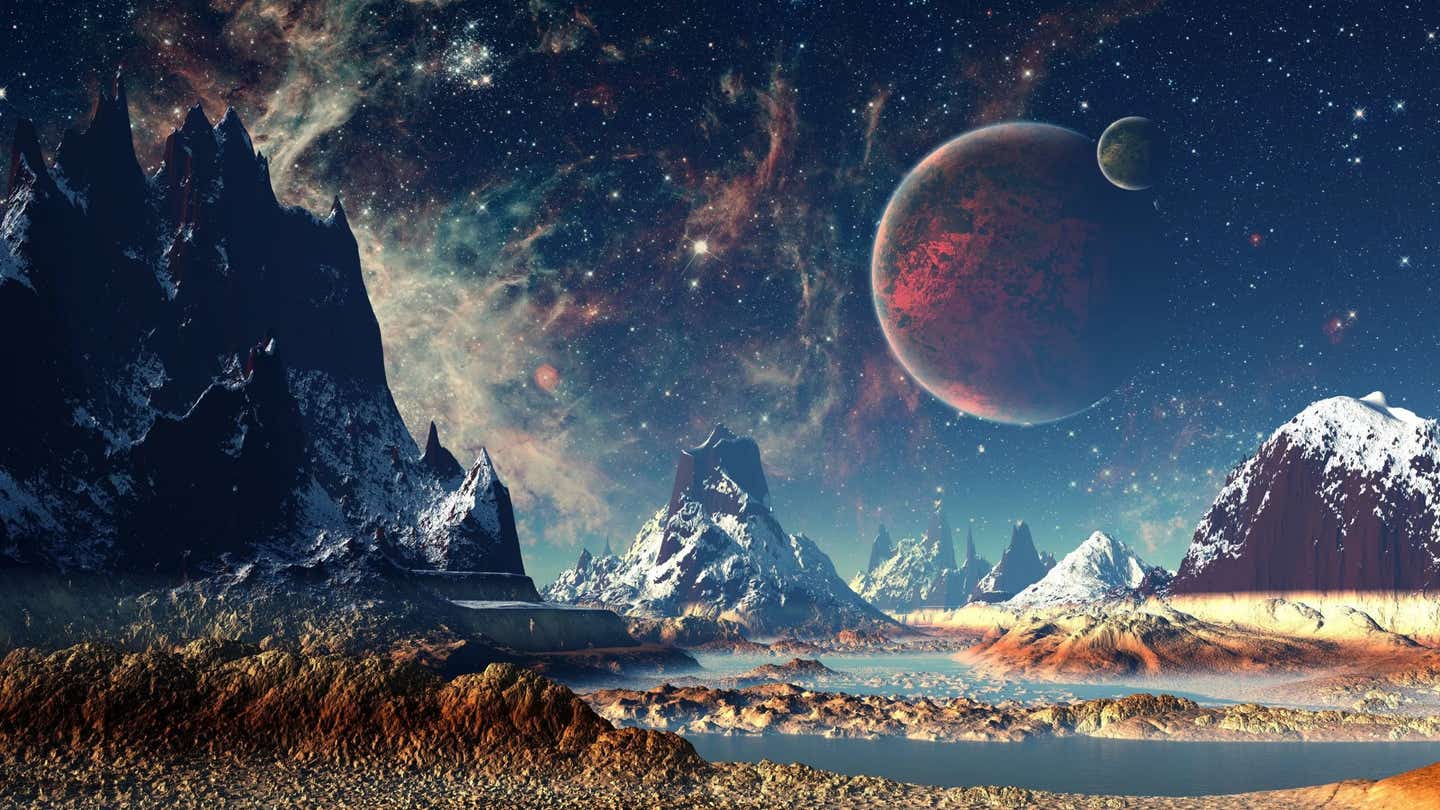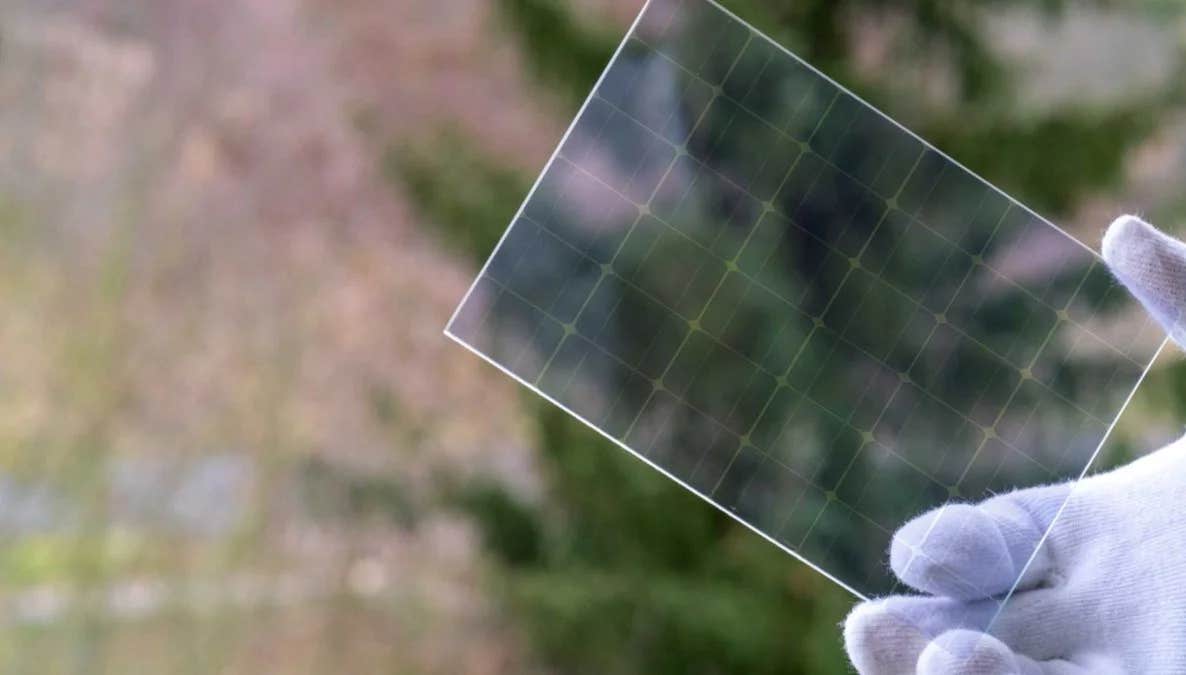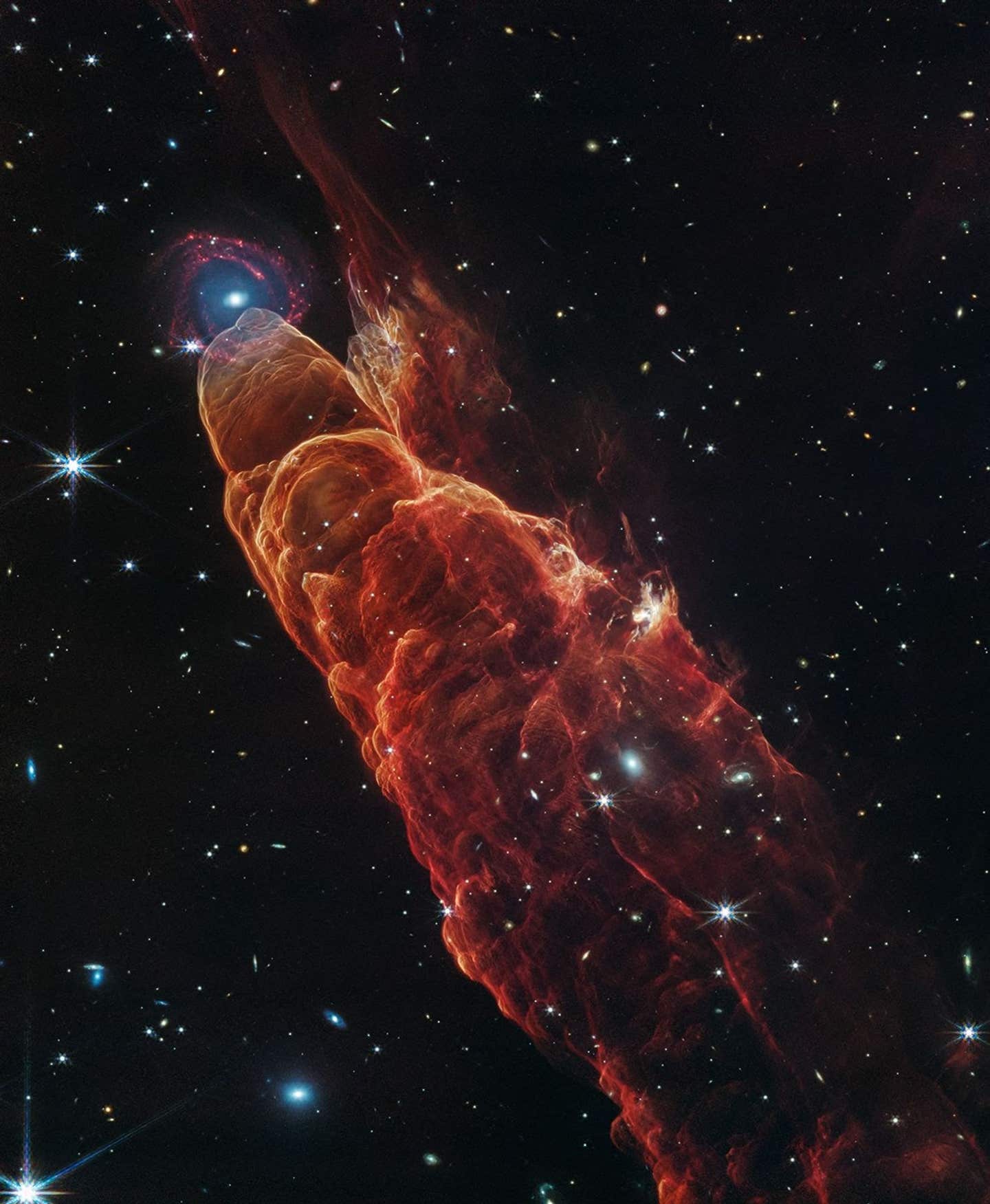Researchers find a greater chance of water and habitable planets in the Universe
Up until now it was a common belief that water was delivered to Earth by lucky collisions with water-rich asteroids like comets.

[June 17, 2023: Sascha Rasmussen, University of Copenhagen]
The results of the research not only show that the Earth was created much faster than previously thought, but that the presence of water is a predicted outcome of its formation process. (CREDIT: Daampjeee is licensed under CC BY-SA 4.0)
When we walk around in our everyday life, we might not think of the Earth itself very often. But this planet is the foundation of our life. The air we breathe, the water we drink and the gravity that pins us to the ground.
Up until now, researchers believed that it took more than 100 million years for the Earth to form. And it was also common belief that water was delivered by lucky collisions with water-rich asteroids like comets.
However, a new study from the University of Copenhagen suggests that it might not have happened entirely by chance.
“We show that the Earth formed by the very fast accumulation of small millimeter-sized pebbles. In this mechanism, the Earth was formed in just a few million years. Based on our findings, it appears that the presence of water on Earth is a byproduct of its formation” says Martin Bizzarro, who is a Professor at Globe Institute and one of the researchers behind the new study.
The results of the research not only show that the Earth was created much faster than previously thought, but that the presence of water is a predicted outcome of its formation process. This is important knowledge because it tells us something about planets outside our own Solar System.
Related Stories
“With this new planet formation mechanism, the chance of having habitable planets in the galaxy is much higher than we previously thought,” says Martin Bizzarro.
A greater chance of water on other planets
Habitability is the potential for a planet to have the right ingredients at its surface for life to develop. One key ingredient for habitability is water.
“People have debated how planets form for a long time. One theory is that planets are formed by the gradual collision of bodies, progressively increasing their size over 100 million years. In this scenario, the presence of water on Earth would need a sort of chance event,” says Associate Professor Martin Schiller who is also behind the new study.
Bulk meteorite μ30Si compositions. Error bars represent 2 s.e.m. of multiple analyses or 2 s.e. of the sample analyses. The vertical dashed line represents the mean terrestrial value derived from ten individual measurements of terrestrial basalt standards. The symbols M, E and V represent the composition of Mars, Earth and Vesta, respectively. (CREDIT: Nature)
An example of this could be if comets, which are icy bodies, bombarded the surface of Earth towards the end of its formation.
“If that is how Earth was formed, then it is pretty lucky that we have water on Earth. This makes the chances that there is water on planets outside our Solar System very low,” says Martin Schiller.
Instead, the researchers behind the new study suggests a new theory of how Earth was created.
“There was a disk around the young Sun where the planets were growing. The disk was filled with small dust particles. Once a planet reaches a certain size, it sorts of act like a vacuum cleaner, sucking up all that dust very quickly. And that makes it grow to the size of Earth in just a few million years,” says Ph.D. student Isaac Onyett, who is the corresponding author of the study.
Meteorites are grouped into non-chondritic (NC), non-carbonaceous chondrites (NCC) and carbonaceous chondrites (CC). Uncertainties for both μ30Si and μ43Ca are 2 s.e.m. The dashed line is a linear least-squares regression through inner-disk bodies and CI chondrites. (CREDIT: Nature)
This vacuuming of small dust particles not only played a vital role in Earth’s formation but made sure that water was delivered to our planet.
"The disk also contains many icy particles. As the vacuum cleaner effect draws in the dust, it also captures a portion of the ice. This process contributes to the presence of water during Earth’s formation, rather than relying on a chance event delivering water 100 million years later,” says Isaac Onyett.
Monte Carlo simulations of Fe–Ni isotope evolution of the terrestrial mantle during concurrent accretion and core formation in μ54Fe57/56–μ58Ni62/61 space. (CREDIT: Nature)
With the new knowledge and understanding of the mechanisms there is a much greater chance of water being present on other planets.
“This theory would predict that whenever you form a planet like Earth, you will have water on it. If you go to another planetary system where there is a planet orbiting a star the size of the Sun, then the planet should have water if it is in the right distance,” says Martin Bizzarro.
How the researchers did
The researchers used silicon isotopes as a tool to understand the mechanisms and timescales of planet formation. By analyzing the isotopic composition of more than 60 different meteorites and planetary bodies, the researchers were able to establish genetic relationships between rocky planets like Earth and Mars and other celestial objects. This approach allowed the researchers to of the type of building blocks that assembled to form Earth, and the process by which they came together.
Note: Materials provided above by University of Copenhagen. Content may be edited for style and length.
Like these kind of feel good stories? Get the Brighter Side of News' newsletter.
Joseph Shavit
Head Science News Writer | Communicating Innovation & Discovery
Based in Los Angeles, Joseph Shavit is an accomplished science journalist, head science news writer and co-founder at The Brighter Side of News, where he translates cutting-edge discoveries into compelling stories for a broad audience. With a strong background spanning science, business, product management, media leadership, and entrepreneurship, Joseph brings a unique perspective to science communication. His expertise allows him to uncover the intersection of technological advancements and market potential, shedding light on how groundbreaking research evolves into transformative products and industries.



